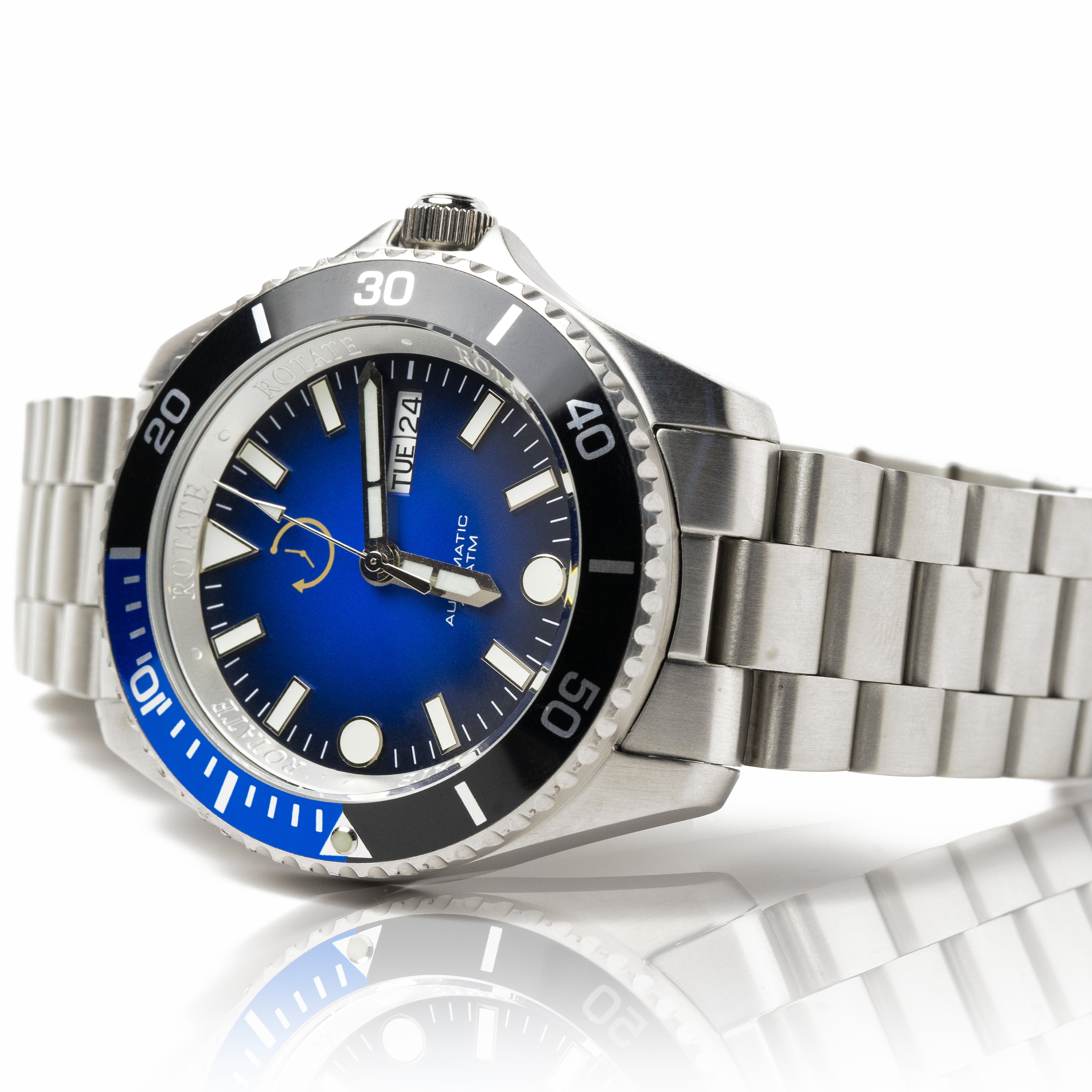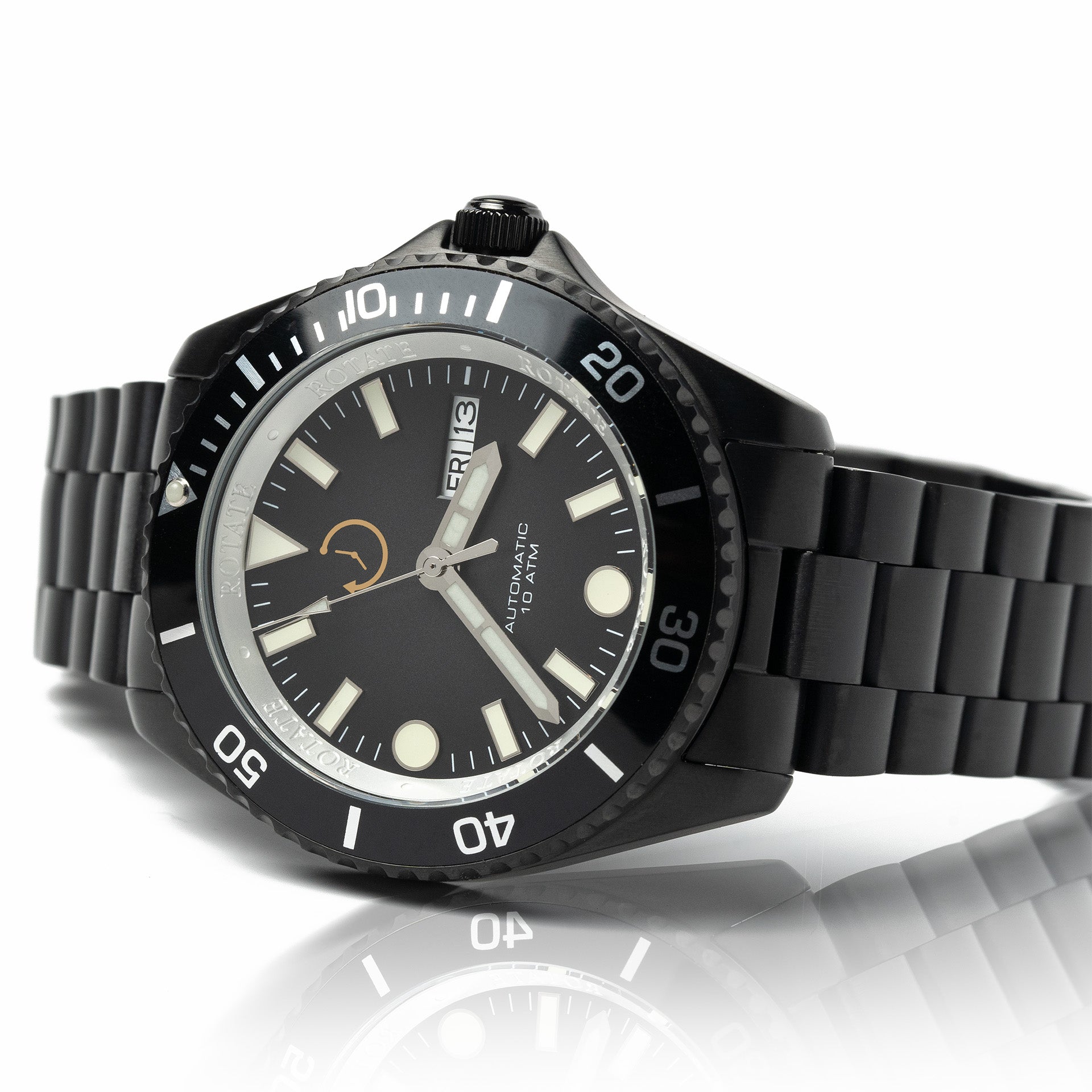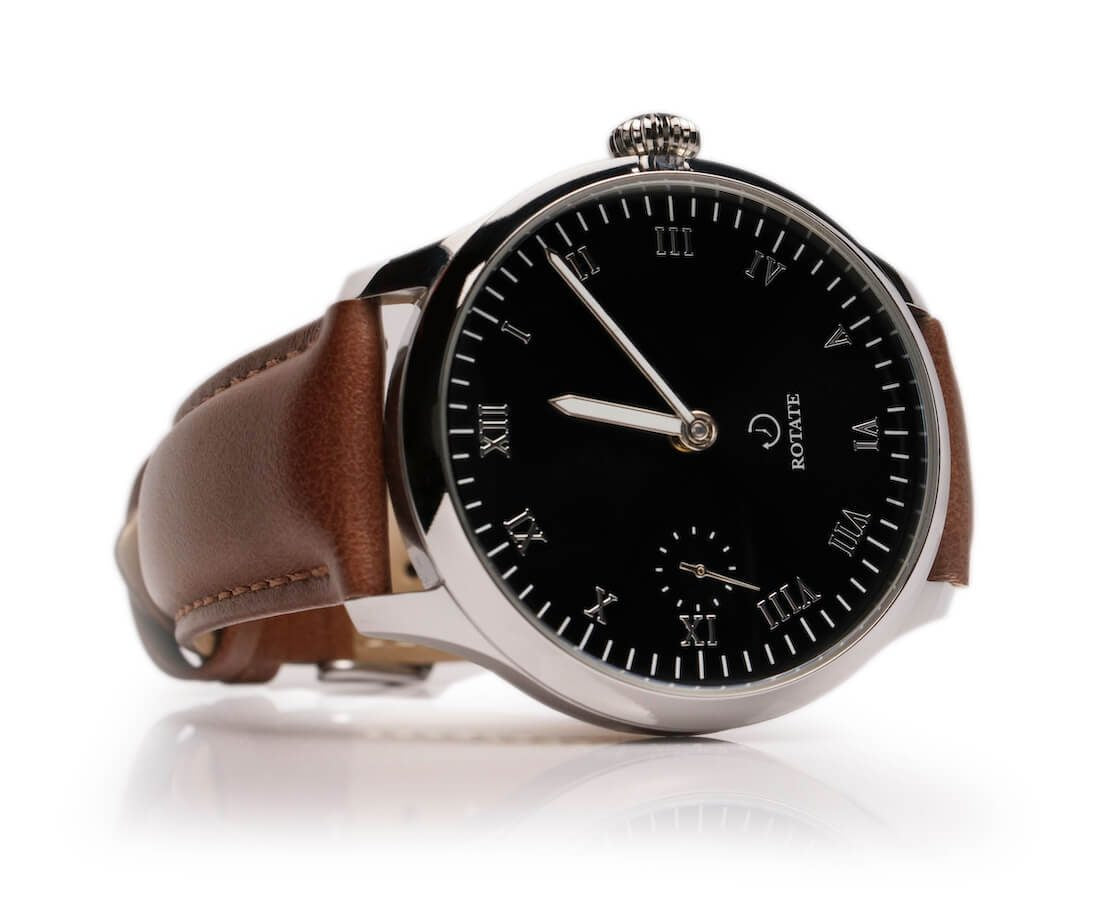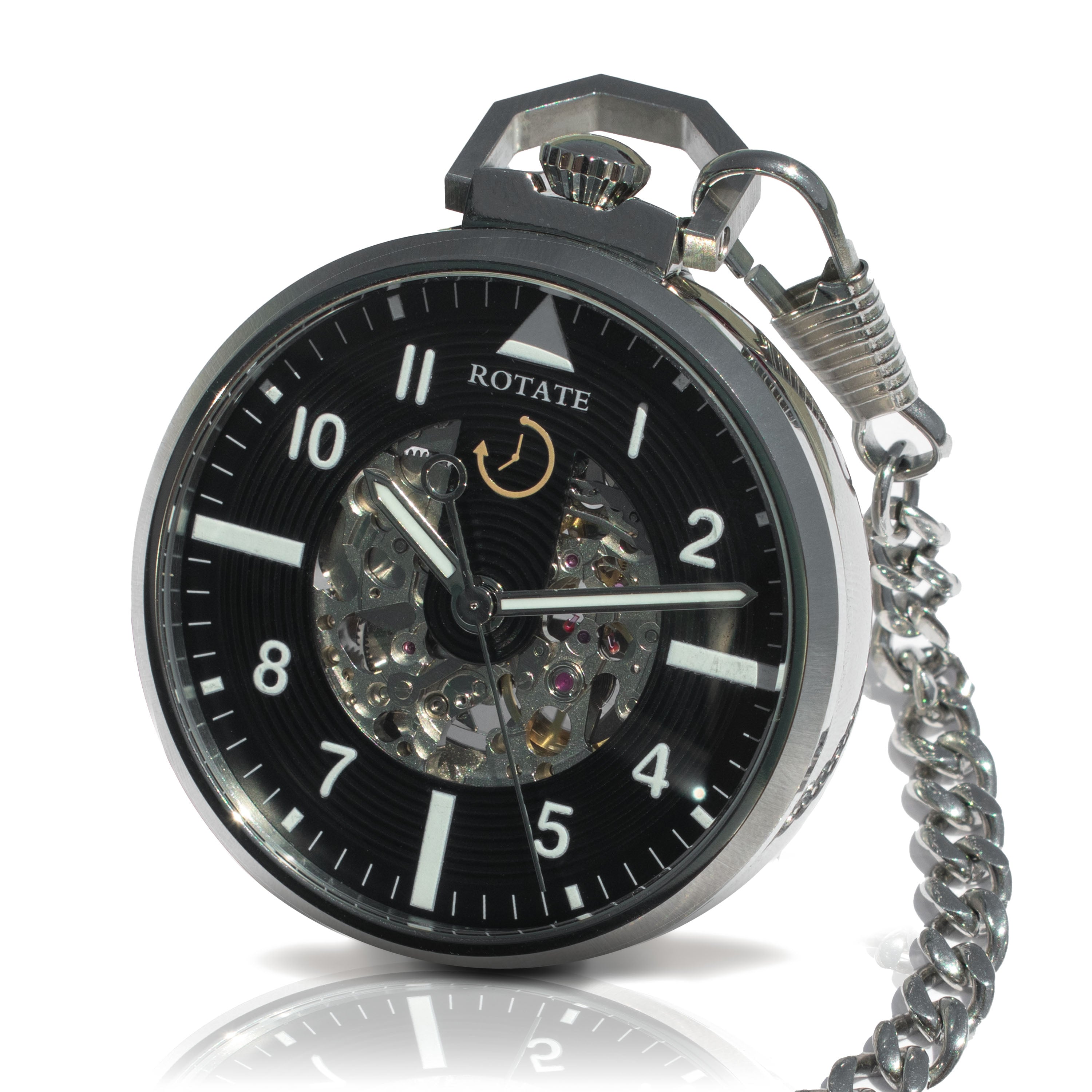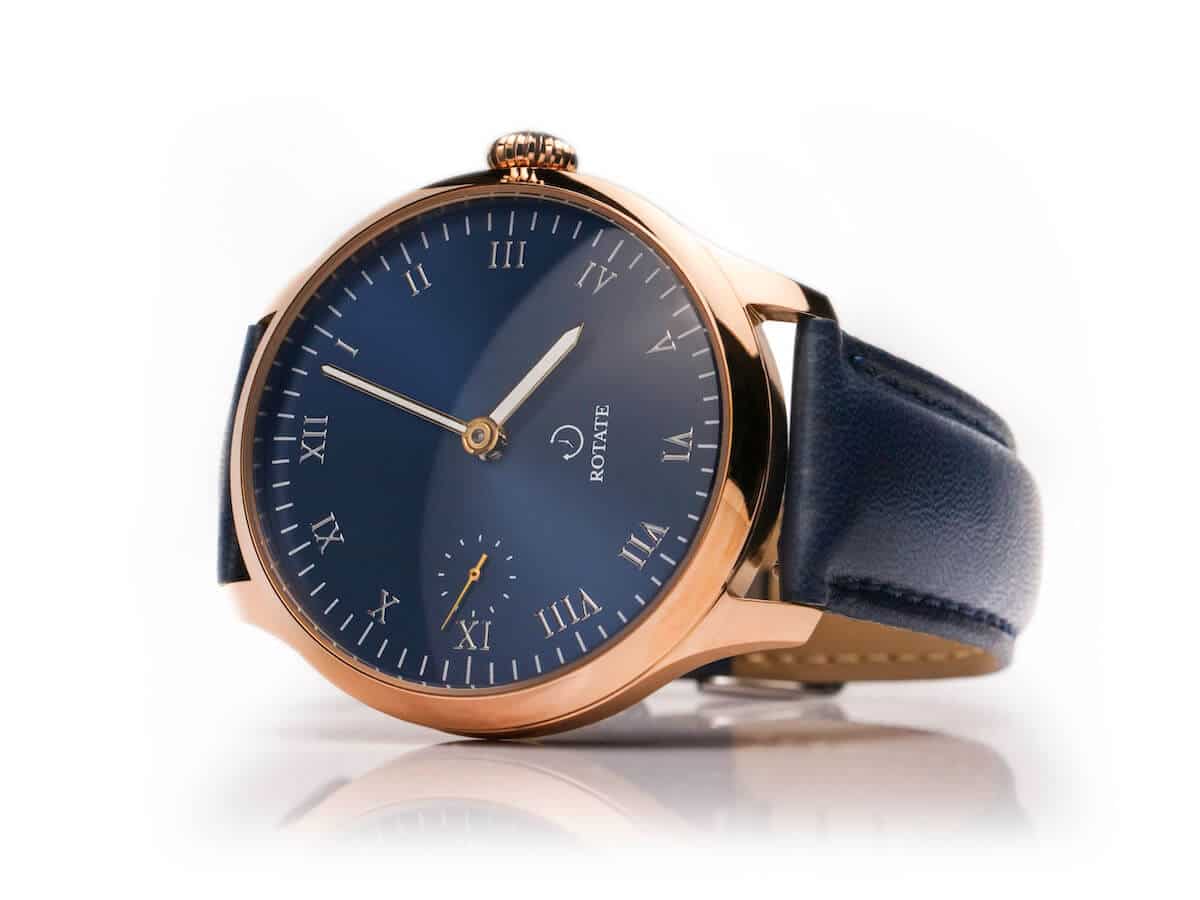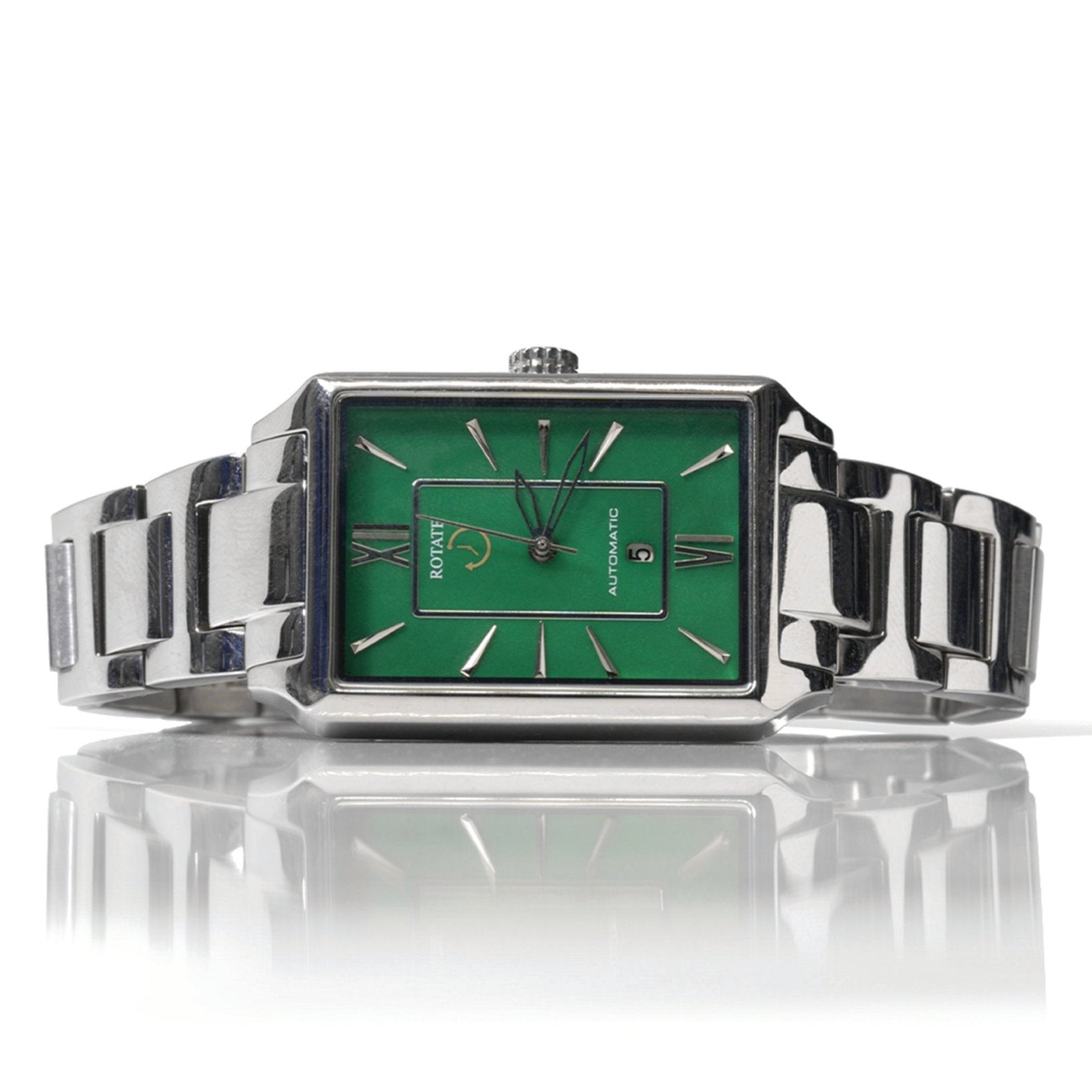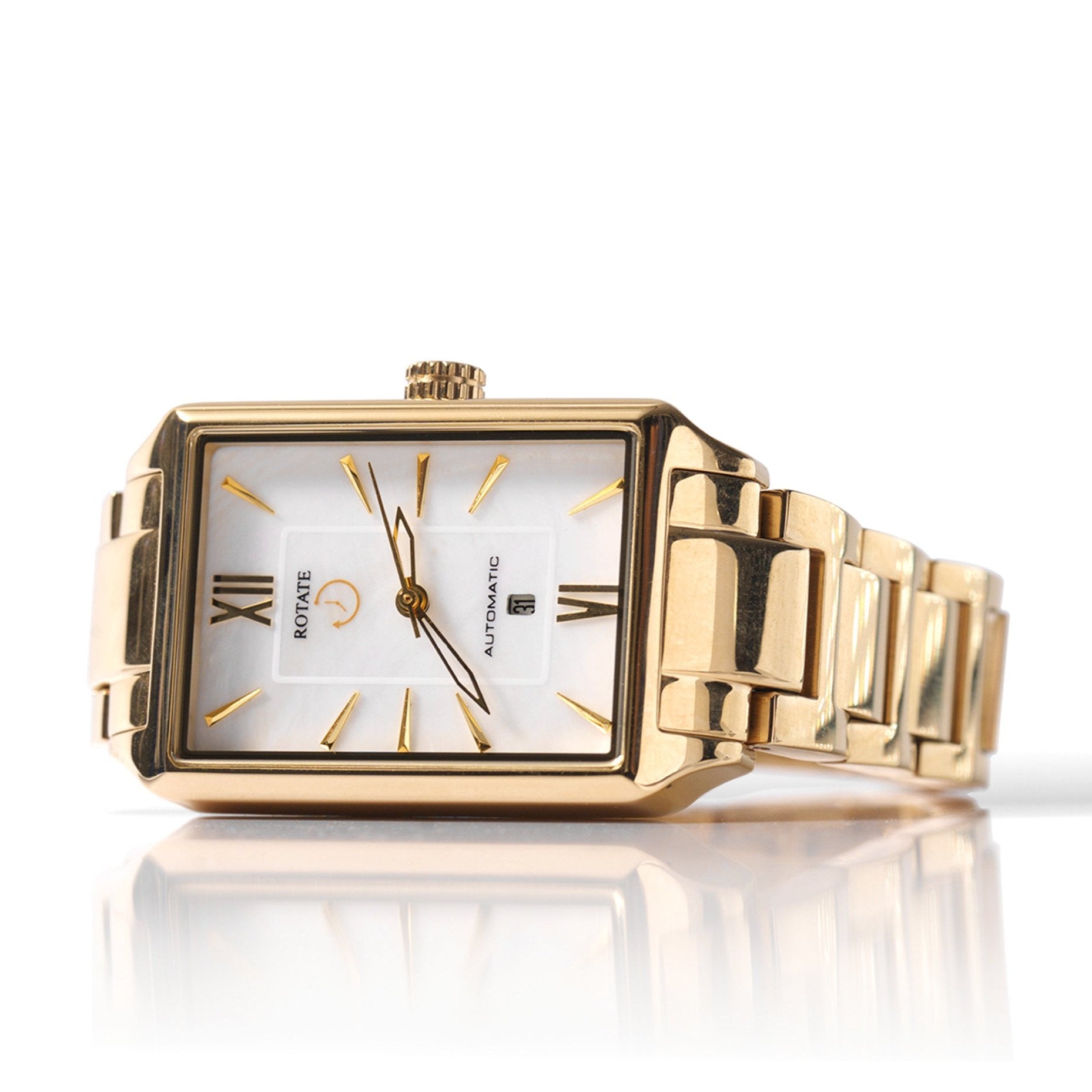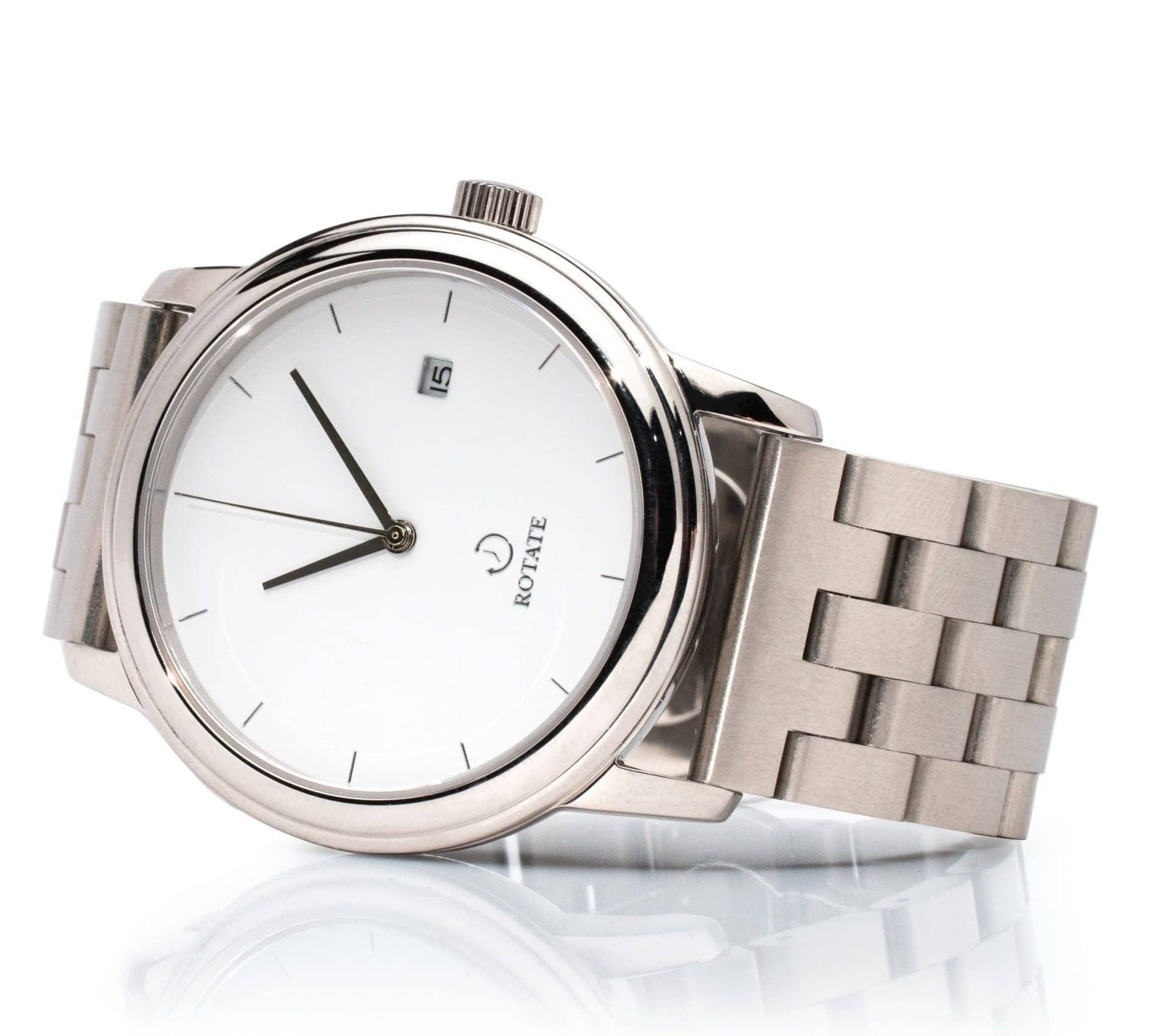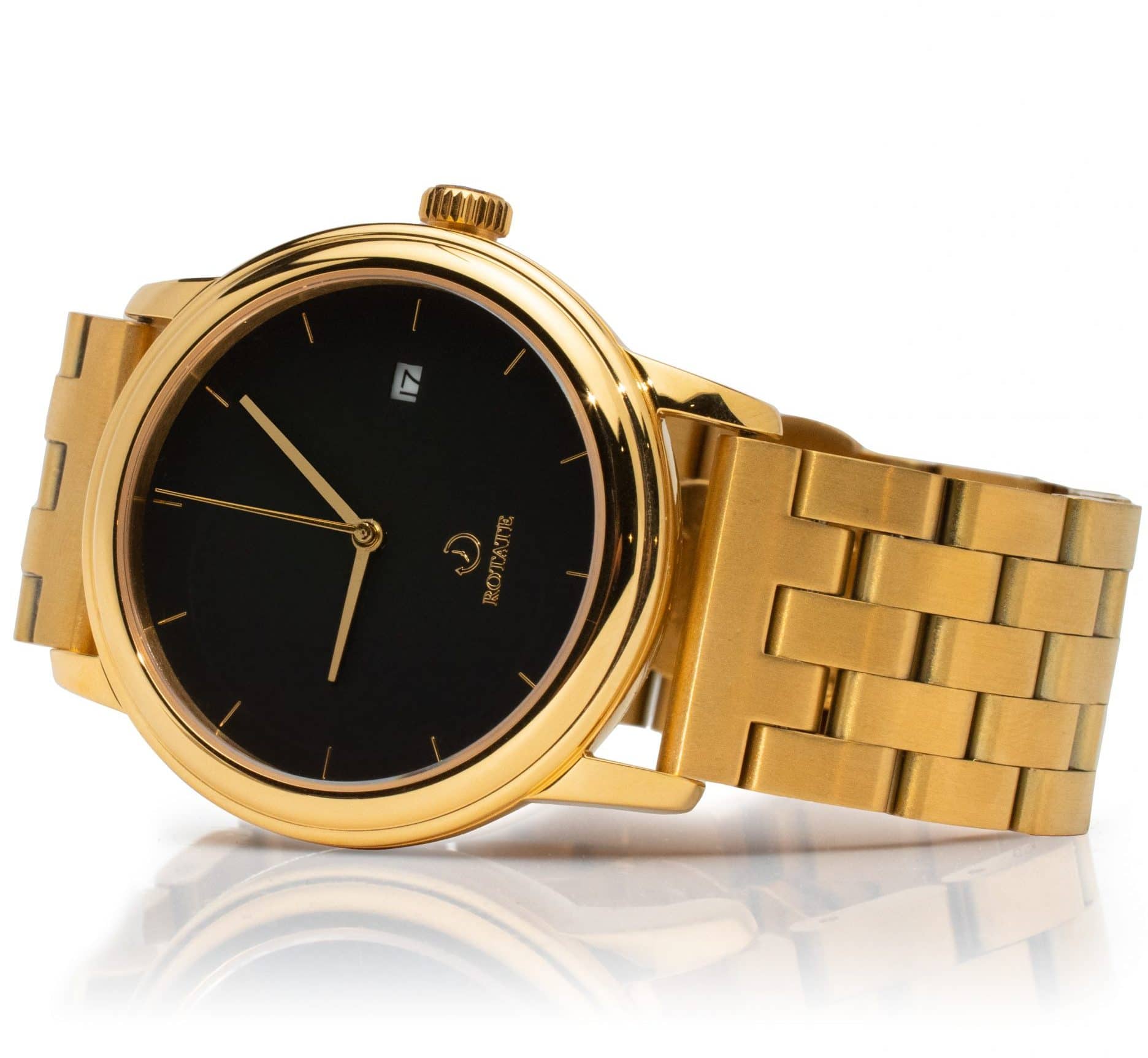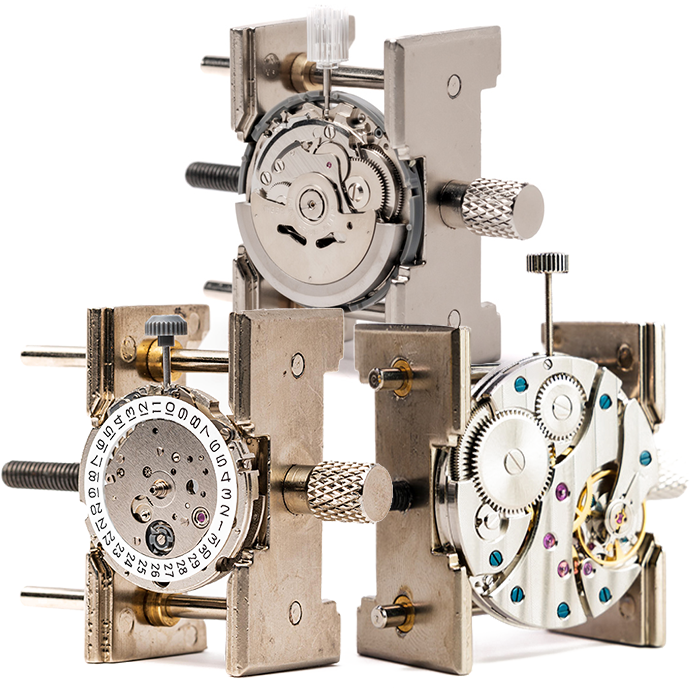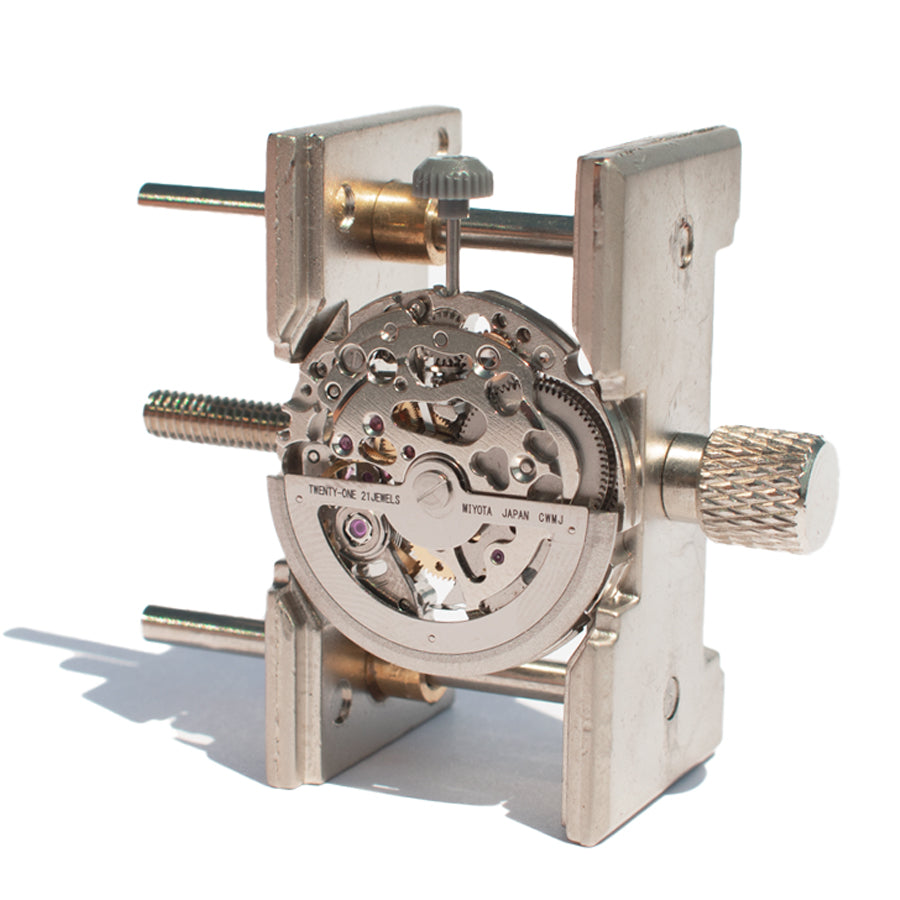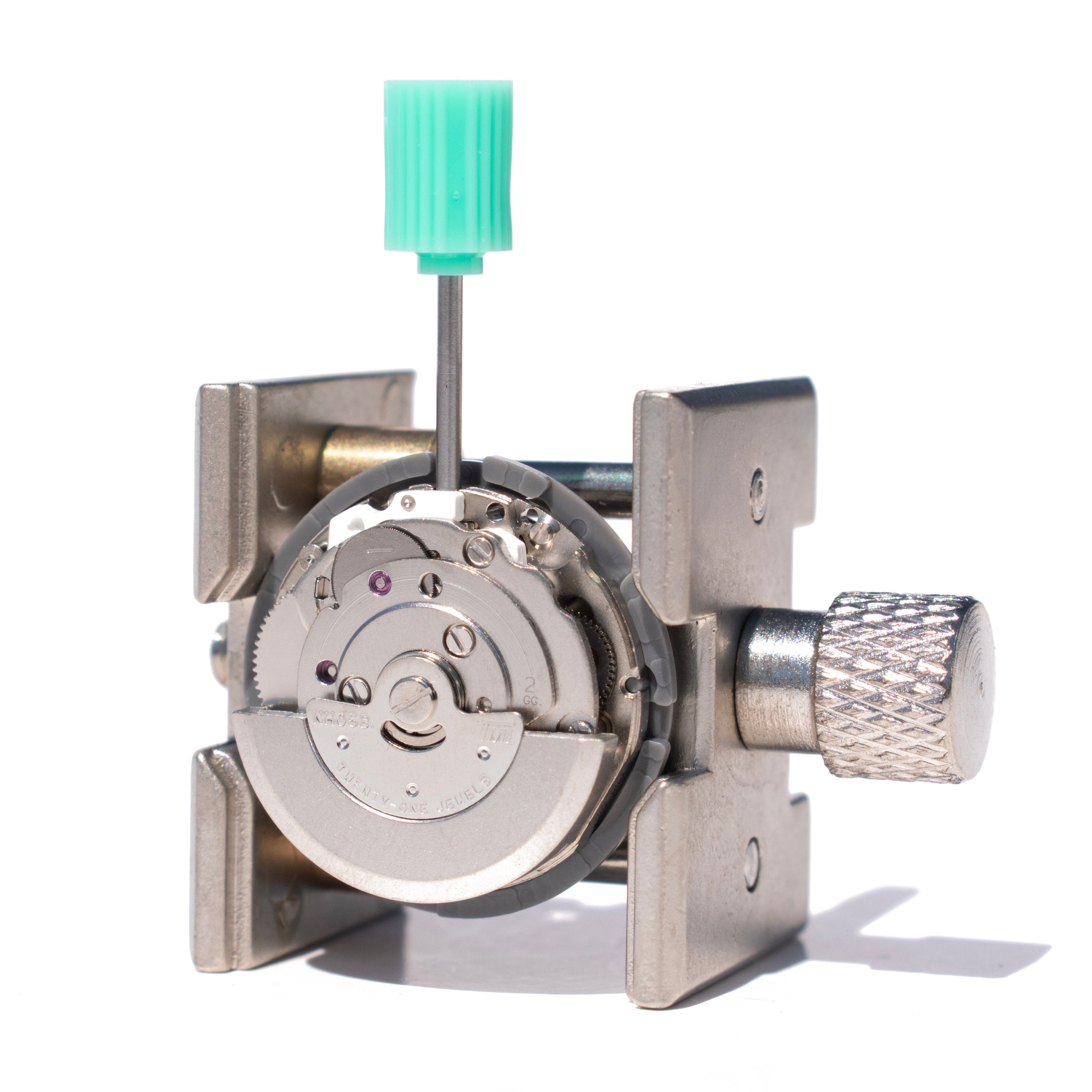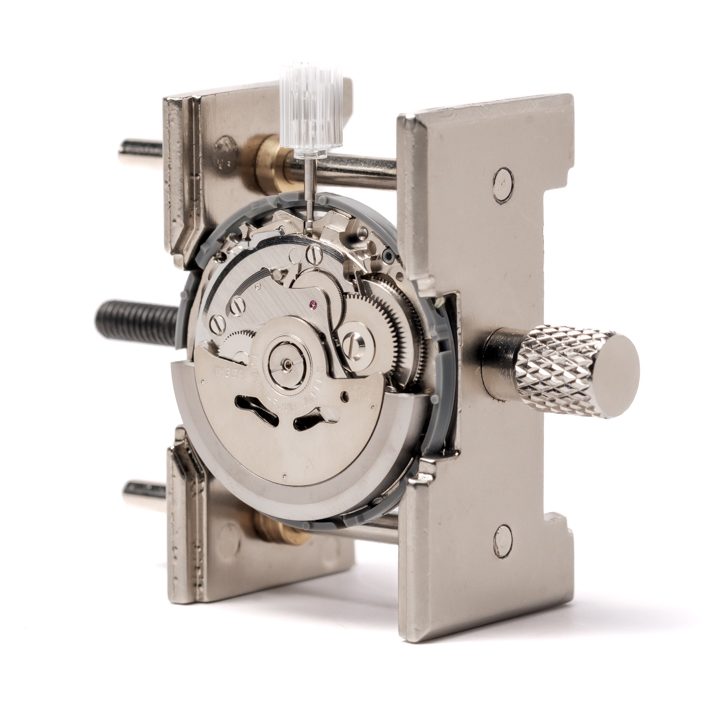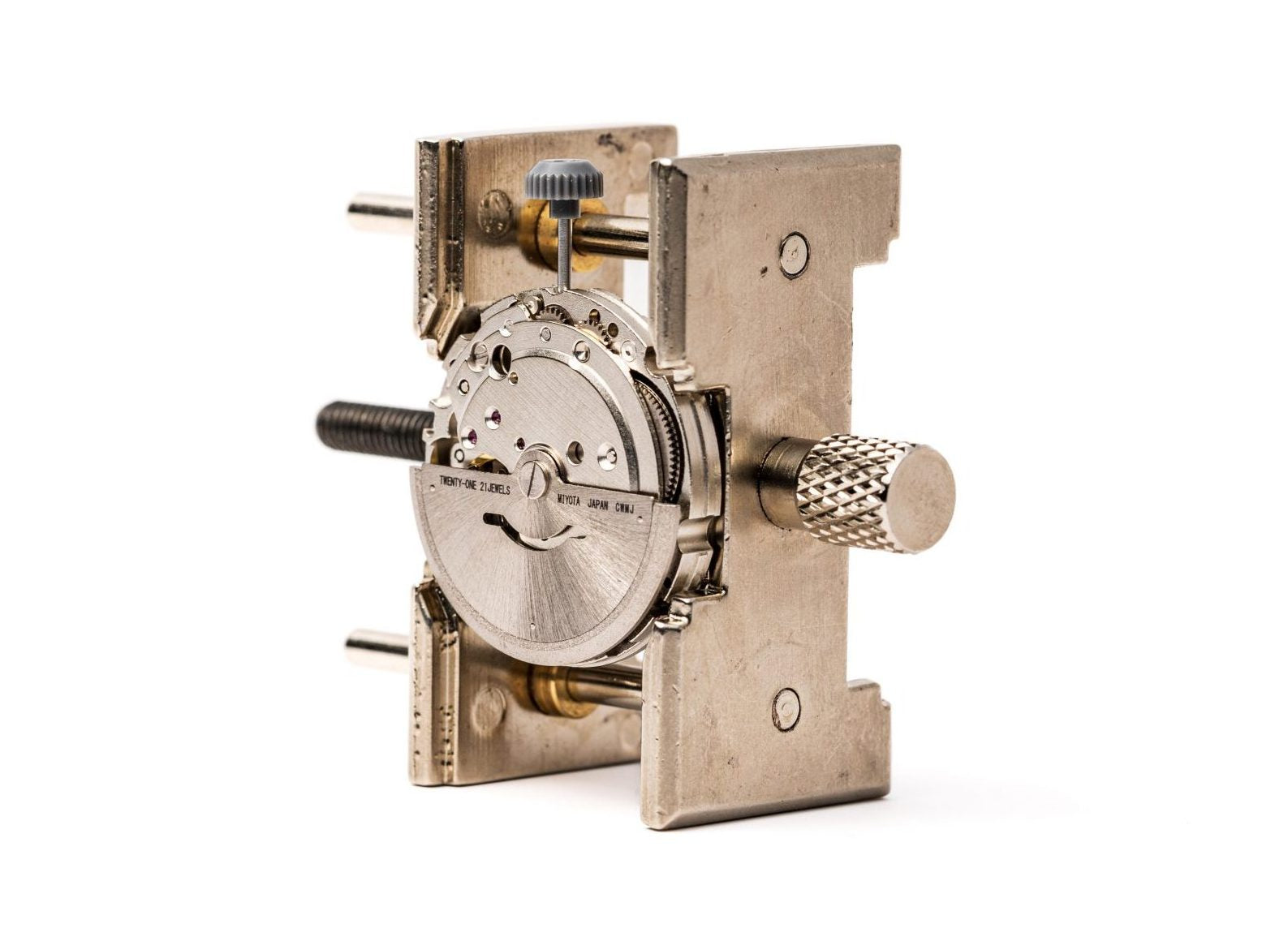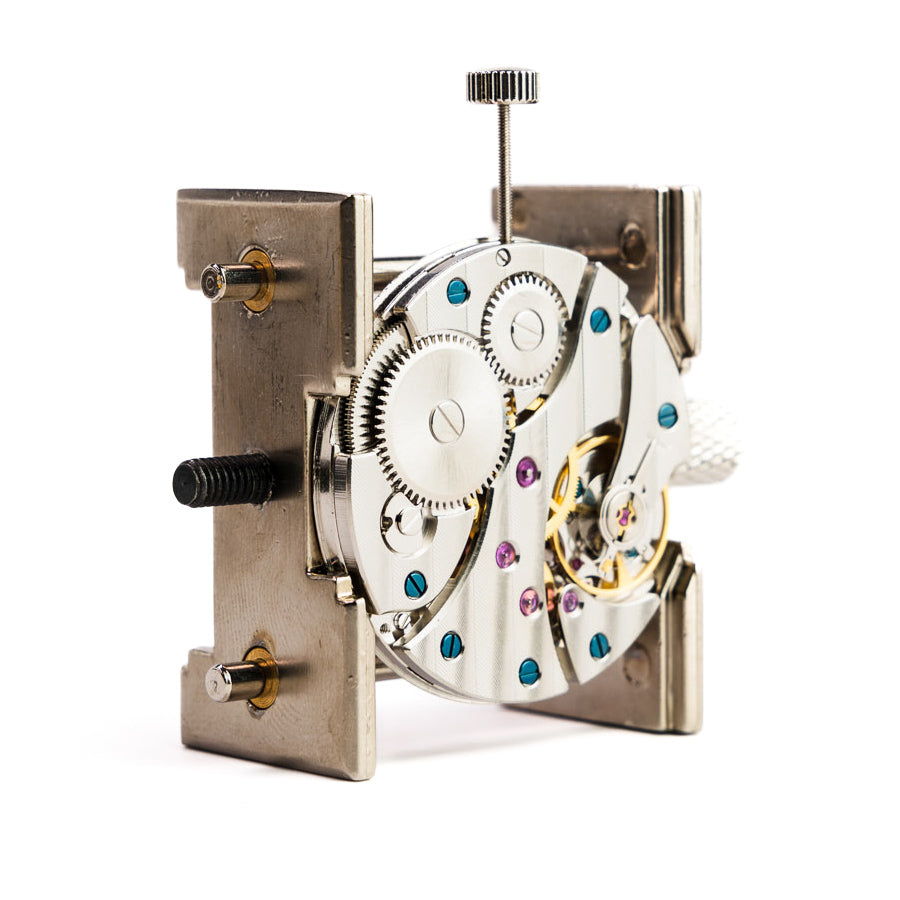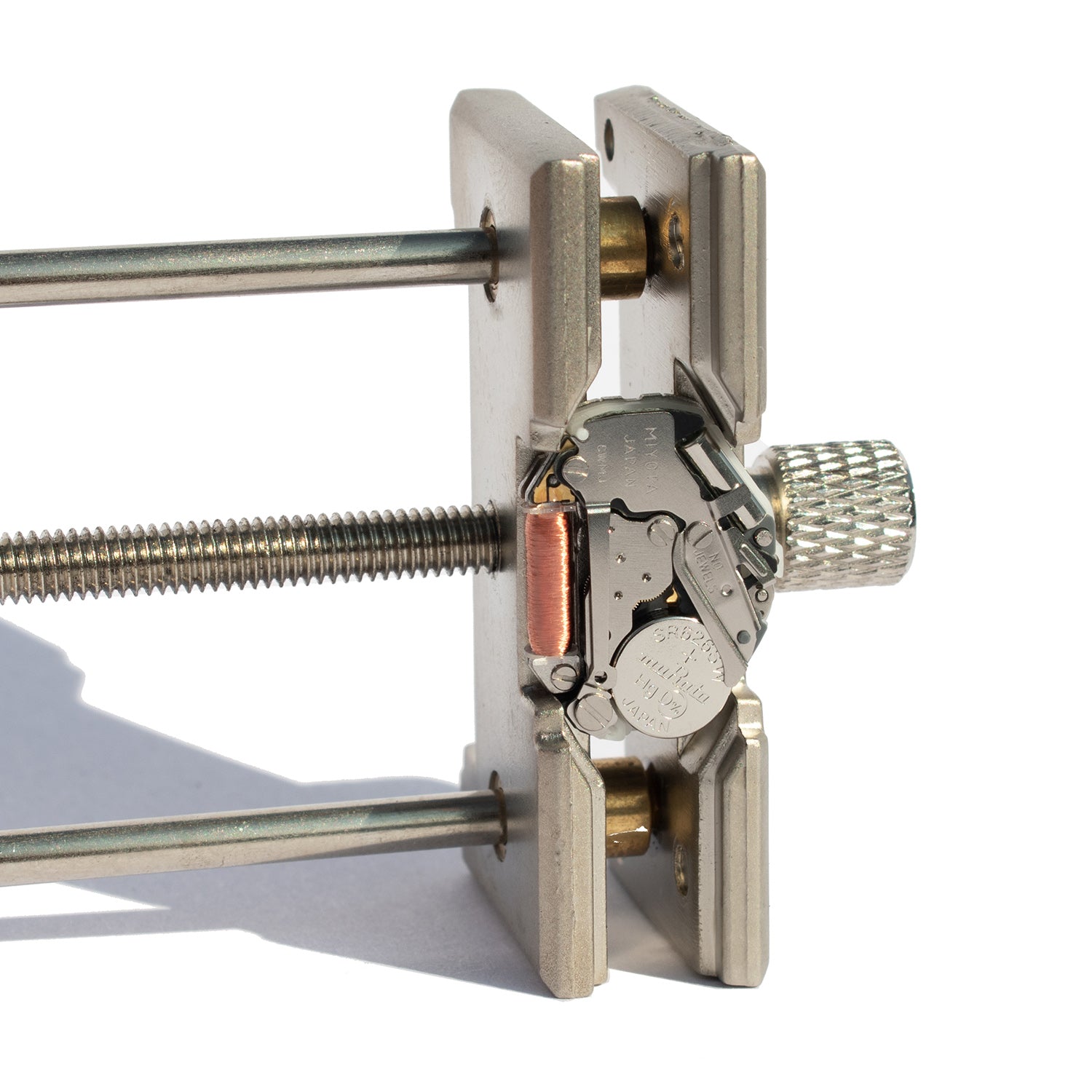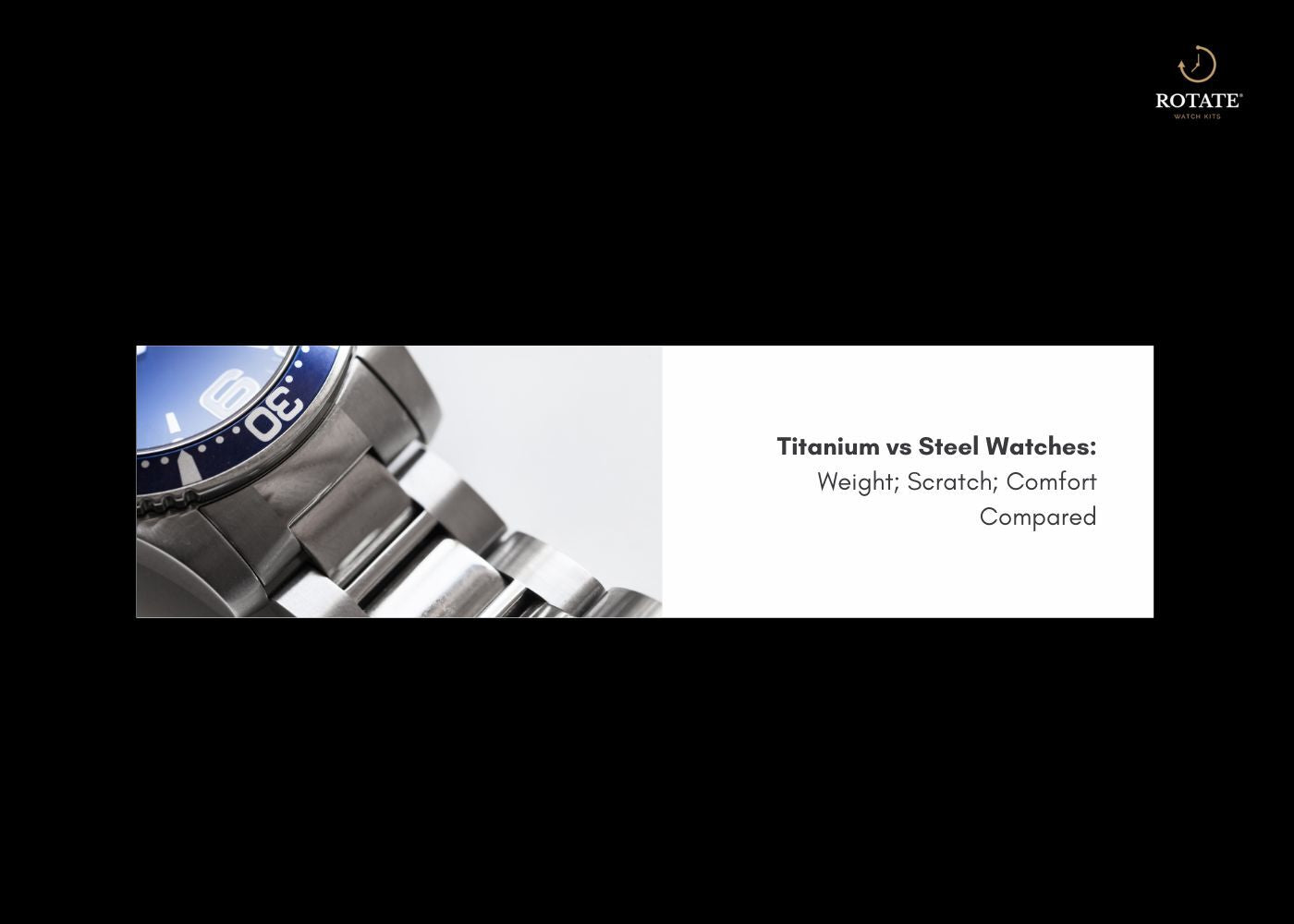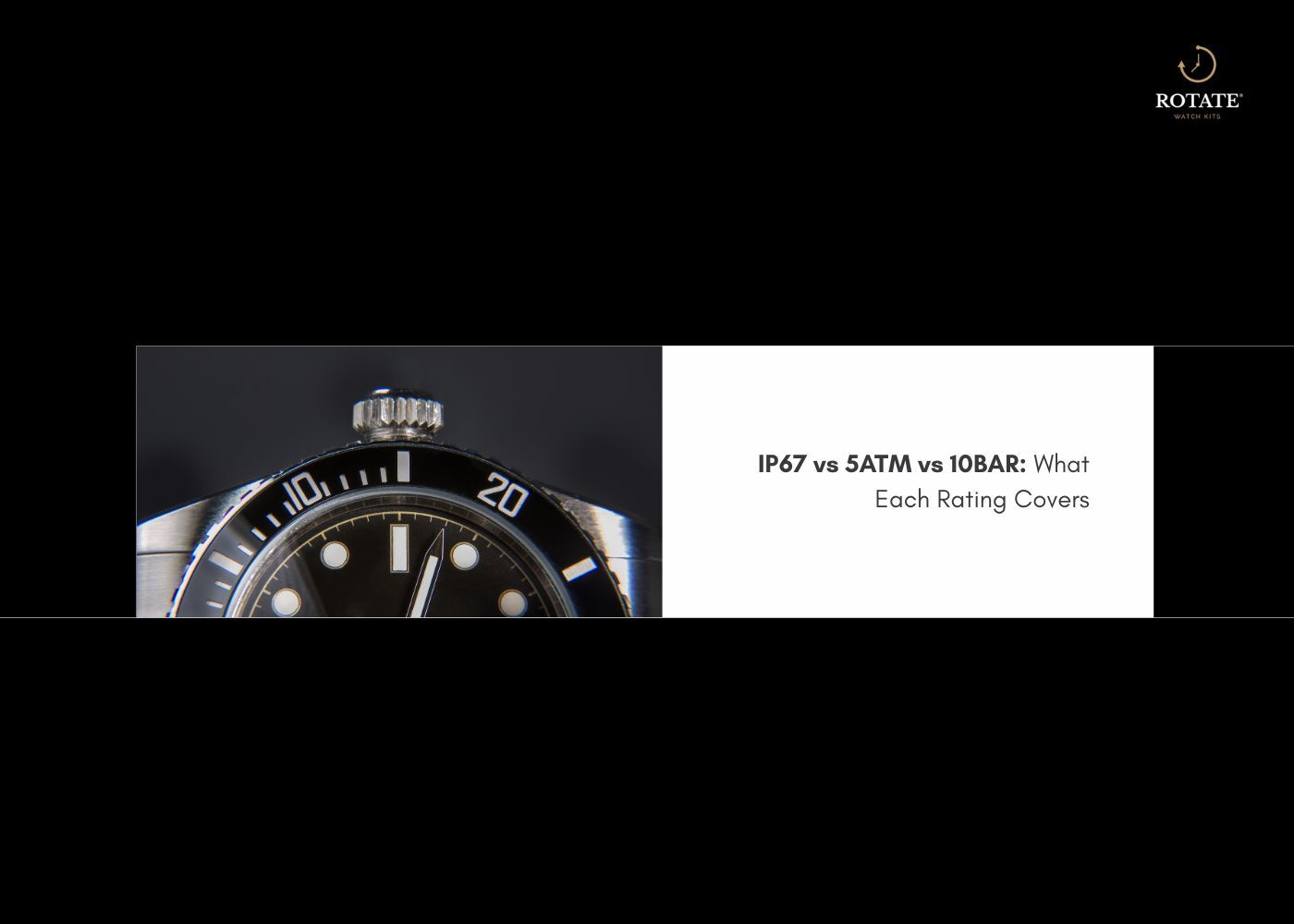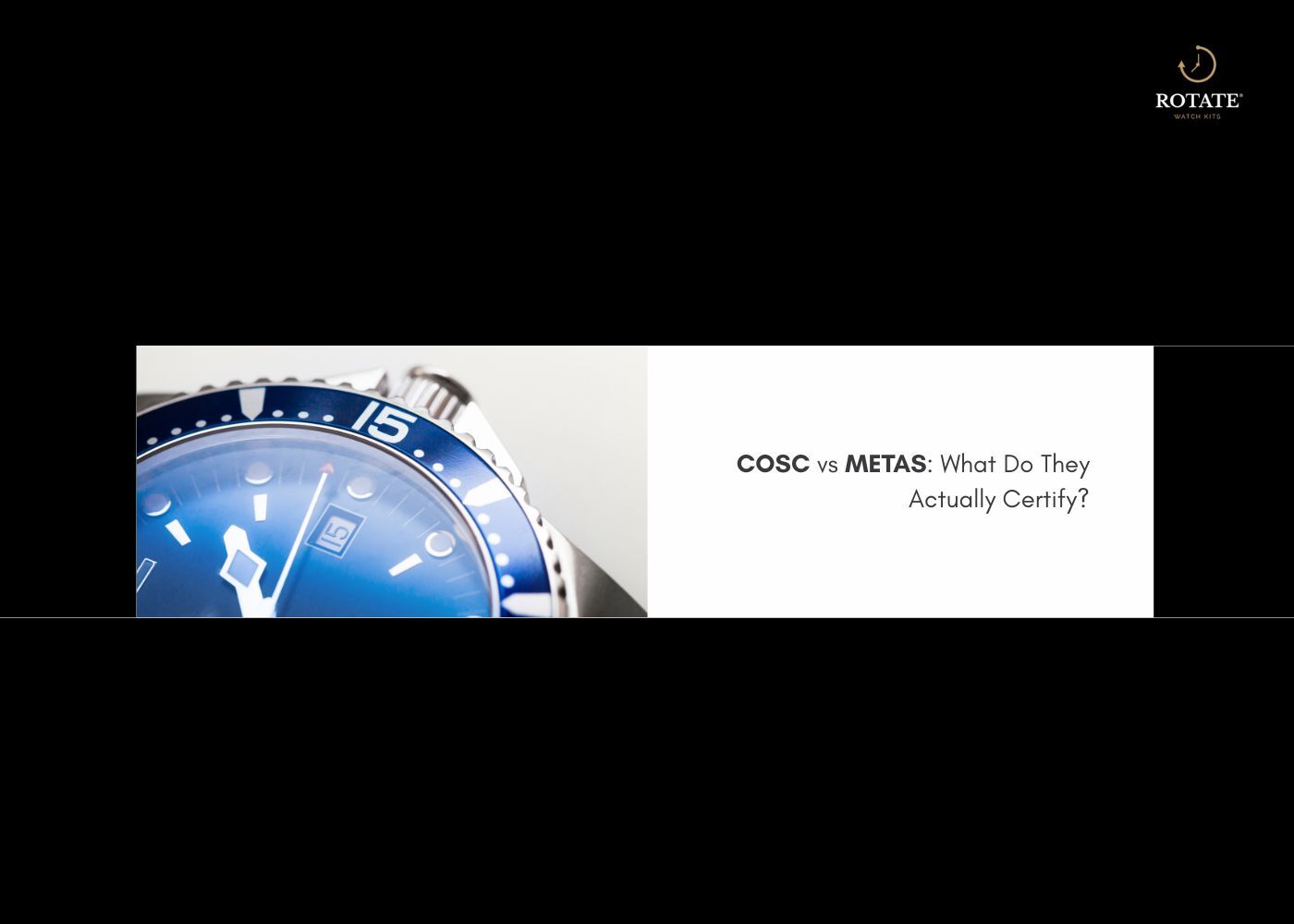
COSC vs METAS What Do They Actually Certify
Key Takeaways
-
COSC tests an uncased movement over multiple days, positions, and temperatures with a target of about −4 to +6 seconds per day.
-
METAS validates the fully cased watch, targeting an average 0 to +5 seconds per day, plus high-field anti-magnetic, power reserve, and water resistance checks.
-
METAS vs COSC differs in scope, object under test, precision philosophy, and claim verification.
-
Cased-watch testing captures friction from hands, dial, and case, which often explains real-world differences.
-
Certification builds confidence, yet regulation quality, wear patterns, shocks, and maintenance still shape day-to-day results.
Quick Context for Enthusiasts
Ask yourself a simple question. Do you want proof the engine runs true, or proof the finished instrument on your wrist holds tight time in real conditions? That is the heart of METAS vs COSC. COSC focuses on the movement before a case ever touches it. METAS evaluates the final watch you buy, the one that faces daily bumps, magnetic fields, and moisture.
Think of COSC as validating the caliber's raw potential. Think of METAS as confirming the promise survives after assembly, casing, and final checks. That difference explains why both certificates matter for enthusiasts who care about measurable accuracy.
What COSC Actually Certifies
Scope
COSC examines the uncased movement under controlled lab conditions before casing and final assembly.
Core COSC standards
-
Rate stability across positions with measurements in several orientations.
-
Temperature variation checks to ensure consistent performance across set temperature points.
-
Average daily deviation window centered on about −4 to +6 seconds per day for mechanical chronometers.
-
Multi-day lab protocol that isolates the movement from case-related variables.
What COSC does not cover
No evaluation of the cased watch. No water resistance confirmation. No high-field anti-magnetic verification. No validation that the stated power reserve matches real output after casing.
What METAS Actually Certifies
ScopeMETAS starts once a movement has passed COSC. The fully cased watch undergoes additional tests that mirror ownership far more closely.
METAS Certification Pillars
-
Daily precision on the cased watch with an average 0 to +5 seconds per day requirement across positions.
-
High-field anti-magnetic resistance tested at very strong fields, followed by timing checks to confirm stability.
-
Power reserve verification to meet or exceed the brand's stated specification.
-
Water resistance verification that aligns with the case rating.
-
Chronometric stability before and after magnetic exposure to prove real resilience.
-
Traceability that ties results to the exact serial-numbered watch you purchase.
METAS vs COSC Side-by-Side What's Different
|
Area |
COSC |
METAS |
|
Object under test |
Uncased movement |
Fully cased watch |
|
Precision target |
About −4 to +6 seconds per day on the movement |
Average 0 to +5 seconds per day on the cased watch |
|
Precision philosophy |
Allows slow or fast within window |
"No slow" average window, only zero to fast |
|
Magnetic fields |
Not part of the test |
Explicit high-field exposure, then re-timing |
|
Claim verification |
No |
Yes, checks power reserve and water resistance |
|
Real-wear simulation |
Limited |
Broader, closer to everyday use |
Why the Differences Matter on the Wrist
Daily accuracy lives in the details that casing introduces. Hands, dial pressure, rotor load, case geometry, and seals all add friction or vary amplitude. METAS accounts for those realities. COSC isolates the caliber to judge raw chronometry.
Modern life surrounds your watch with magnetic fields from laptop lids, bag clasps, wireless speakers, and phone accessories. METAS confirms your watch resists strong fields and still runs within a tight window afterward. COSC does not measure that category.
Curious about real-world expectations across brands and calibers? Jump to our plain-English explainer on how accurate are mechanical watches for wrist-ready context.
Reading the Paperwork
COSC Certificate
Scan the average daily rate, positional deltas, and temperature behavior. Those numbers describe the movement's consistency in isolation. Strong results here suggest a precise engine before casing.
METAS Report or Card
Verify the cased-watch average rate, high-field performance, verified water resistance, and measured power reserve. Serial-linked reporting lets you tie results to your exact watch. If water resistance claims raise questions, our guide on water resistant vs waterproof clarifies everyday use.
Common Misconceptions Clearing the Fog
"COSC equals METAS."
Different scope, different object under test, different thresholds. COSC validates the movement. METAS validates the finished watch.
"METAS skips COSC."
The METAS path begins after a COSC pass. Movement first, cased watch second.
"All chronometers resist strong fields equally."
Anti-magnetic performance varies. METAS explicitly stress-tests high fields on the finished watch.
"Certification guarantees lifelong accuracy."
Regulation quality, wear patterns, shocks, lubrication, and handling affect results over time. Certificates anchor expectations today, not forever.
Interested in brand-specific behavior across calibers? Read our overview of Seiko movement accuracy.
Choosing Between COSC and METAS
When a COSC movement makes perfect senseYou want classic chronometer benchmarks, admire movement-level craft, and prefer broader brand ecosystems. Many COSC watches deliver excellent timekeeping when regulated well.
When a METAS-tested watch adds real valueYou want proof of cased-watch precision with a "no slow" average window, verified water resistance, confirmed power reserve, and documented high-field resilience. That bundle maps closely to everyday use.
Brand ecosystems and availabilityCOSC spans a wide set of manufacturers. METAS appears where brands have implemented the complete Master Chronometer program, which narrows selection while deepening verification.
Conclusion
COSC proves the heart of a watch runs true. METAS proves the finished instrument meets strict targets under pressures that mirror real life. Pick according to your priorities. Movement heritage and broad selection favor COSC standards. Comprehensive, cased-watch checks favor metas certification. Either way, you gain measurable confidence.
Build, regulate, and measure your own time
Hands-on time at the bench turns theory into skill. Start with the Seiko NH36 Movement Kit for a robust automatic platform, the Seagull ST3600 Movement Kit for a classic hand-wound experience, or the Miyota 8215 Movement Kit to practice assembly and timing. If water ratings spark questions while you build, revisit water resistant vs waterproof. For a broader perspective on accuracy targets, read how accurate are mechanical watches.
FAQs
Q1. METAS vs COSC, which is stricter for everyday accuracy?
A. METAS sets an average daily target of 0 to +5 seconds per day on the cased watch and re-tests after strong magnetic fields, which feels stricter for daily wear. COSC validates the uncased movement to about −4 to +6 seconds per day.
Q2. What exactly are the COSC standards?
A. Multi-day lab testing on an uncased movement covering average daily rate, positional variation, and temperature performance within traditional chronometer tolerance.
Q3. What does METAS certification include that COSC does not?
A. Cased-watch precision, strong-field anti-magnetic testing, verified water resistance, and confirmed power reserve to the stated spec.
Q4. Does METAS require COSC first?
A. Yes. The process begins with a COSC-passing movement, then continues with METAS whole-watch testing.
Q5. Will a METAS-certified watch always be more accurate than a COSC one?
A. Not always. Regulation quality, casing, wear patterns, shocks, and care influence outcomes. METAS widens validation, yet individual pieces can vary.
Q6. Is METAS certification worth it if I am careful around magnets?
A. Many daily objects generate stronger fields than expected. METAS adds assurance across timing, anti-magnetic behavior, water resistance, and power reserve, which brings peace of mind for most owners.
{ "@context": "https://schema.org", "@type": "FAQPage", "mainEntity": [ { "@type": "Question", "name": "METAS vs COSC, which is stricter for everyday accuracy?", "acceptedAnswer": { "@type": "Answer", "text": "METAS sets an average daily target of 0 to +5 seconds per day on the cased watch and re-tests after strong magnetic fields, which feels stricter for daily wear. COSC validates the uncased movement to about −4 to +6 seconds per day." } }, { "@type": "Question", "name": "What exactly are the COSC standards?", "acceptedAnswer": { "@type": "Answer", "text": "Multi-day lab testing on an uncased movement covering average daily rate, positional variation, and temperature performance within traditional chronometer tolerance." } }, { "@type": "Question", "name": "What does METAS certification include that COSC does not?", "acceptedAnswer": { "@type": "Answer", "text": "Cased-watch precision, strong-field anti-magnetic testing, verified water resistance, and confirmed power reserve to the stated spec." } }, { "@type": "Question", "name": "Does METAS require COSC first?", "acceptedAnswer": { "@type": "Answer", "text": "Yes. The process begins with a COSC-passing movement, then continues with METAS whole-watch testing." } }, { "@type": "Question", "name": "Will a METAS-certified watch always be more accurate than a COSC one?", "acceptedAnswer": { "@type": "Answer", "text": "Not always. Regulation quality, casing, wear patterns, shocks, and care influence outcomes. METAS widens validation, yet individual pieces can vary." } }, { "@type": "Question", "name": "Is METAS certification worth it if I am careful around magnets?", "acceptedAnswer": { "@type": "Answer", "text": "Many daily objects generate stronger fields than expected. METAS adds assurance across timing, anti-magnetic behavior, water resistance, and power reserve, which brings peace of mind for most owners." } } ] }

